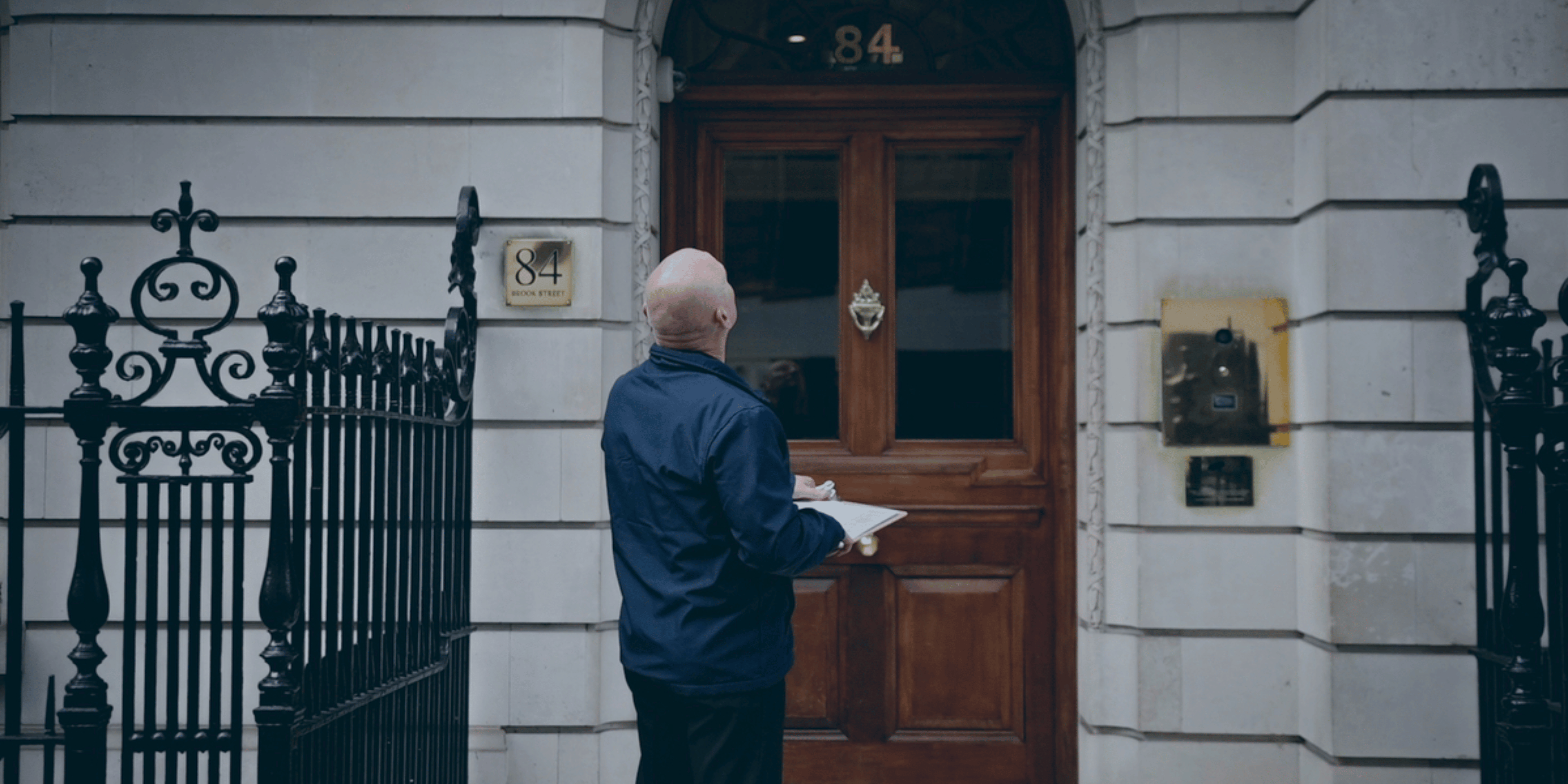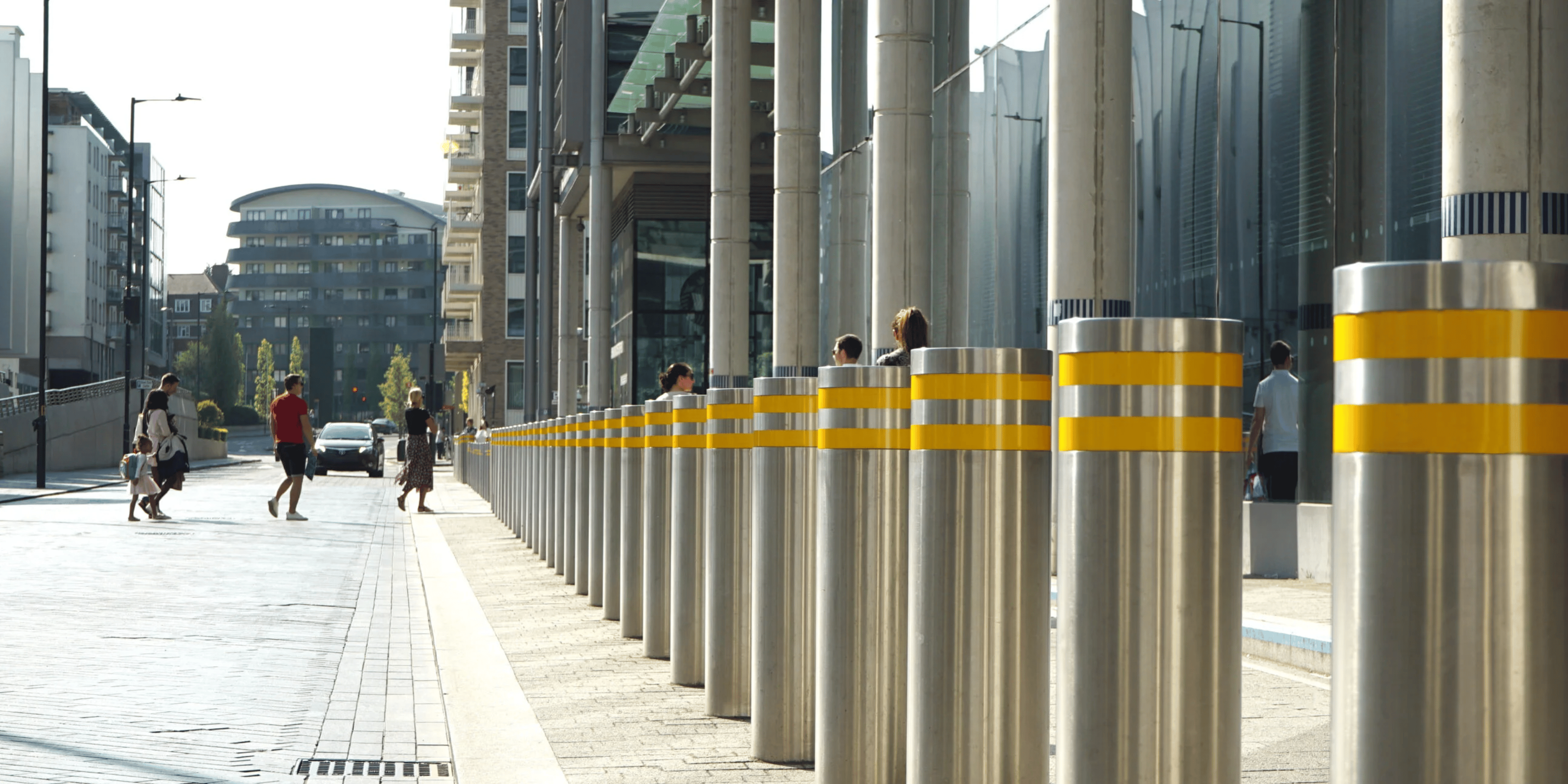
4 Steps for Effective CCTV Installation for Business
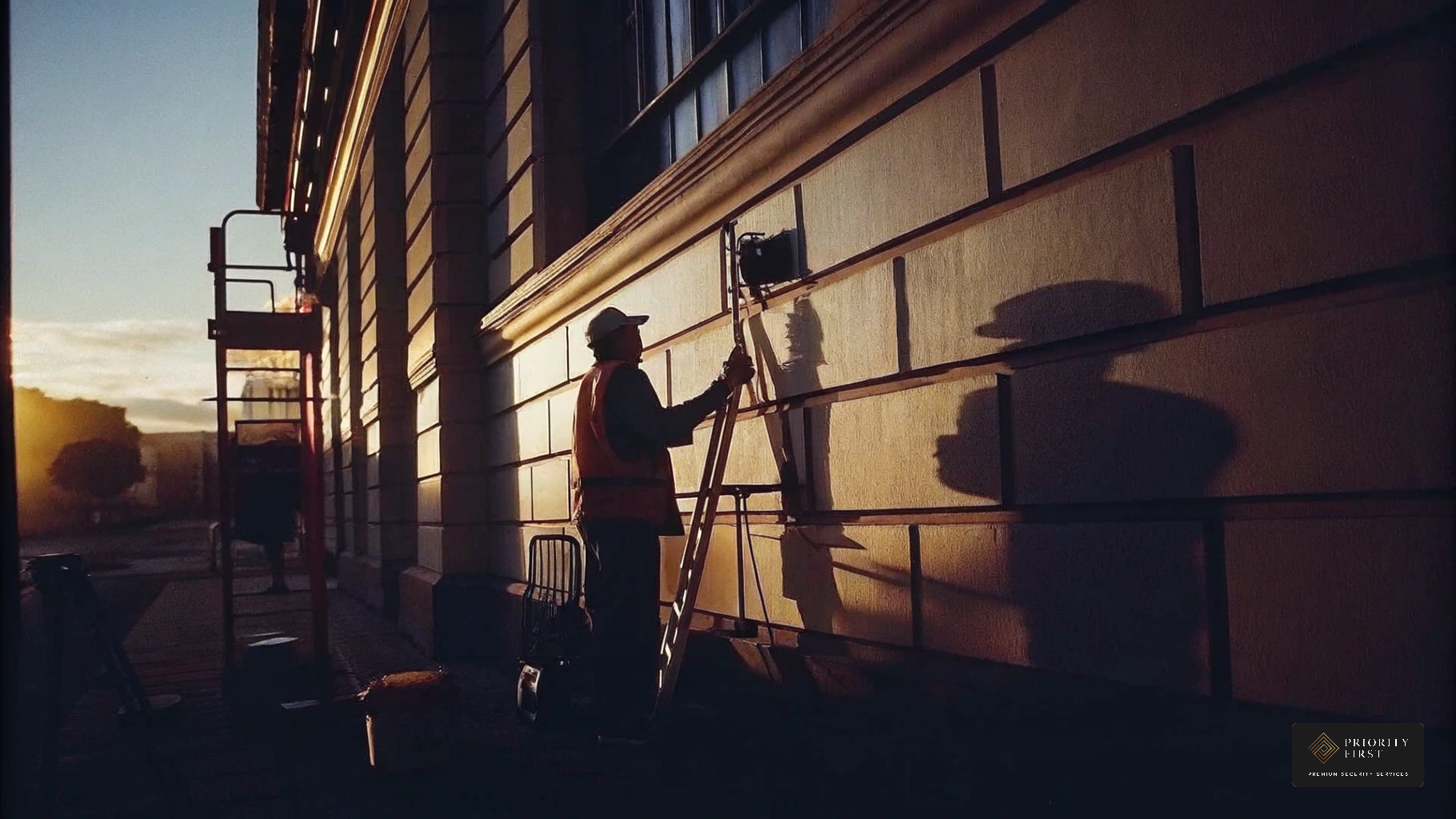
Overview
Effective CCTV installation for businesses comprises four essential steps:
- Gathering necessary tools and equipment
- Selecting optimal camera locations
- Securely mounting the cameras
- Testing the system's functionality
This process ensures a reliable surveillance system by addressing critical aspects such as:
- Proper equipment preparation
- Strategic camera placement to eliminate blind spots
- Secure installation practises
- Thorough functionality checks to confirm operational efficiency
Introduction
Effective security measures are essential for businesses, with CCTV systems serving a vital role in safeguarding assets and monitoring activities. In the UK, construction theft costs businesses over £1 million a week, underscoring the critical nature of robust security protocols. Ignoring these risks can lead to significant financial, operational, and reputational consequences. Therefore, it is imperative for businesses to adopt a proactive stance on security.
This article outlines a straightforward, four-step approach to ensure successful CCTV installation:
- Gather essential tools
- Instal the CCTV system
- Configure system settings
- Test system functionality
However, challenges may arise during installation, and businesses must be fully prepared to address them. By exploring these key steps, companies can not only enhance their security but also gain peace of mind, reinforcing their resilience in a competitive landscape.
Gather Essential Tools and Equipment
Checklist of Tools: Ensure you have the following tools ready:
- Drill and drill bits
- Screwdrivers (flathead and Phillips)
- Level
- Measuring tape
- Cable cutters and strippers
- Ladder (if necessary)
- Safety gear (gloves, goggles)
Equipment Checklist: Verify that all necessary equipment is available:
- CCTV cameras
- DVR/NVR system
- Cables (coaxial or Ethernet)
- Power supply units
- Mounting brackets
- Connectors and adapters
Safety Equipment: Ensure you have safety equipment to protect personnel during installation, including:
- Hard hats
- High-visibility vests
- First aid kit
Documentation: Gather any installation manuals or guidelines specific to the equipment being used.
In 2025, the average cost of CCTV setup tools in the UK can vary significantly based on quality and brand, with basic toolkits starting around £50 and professional-grade equipment reaching upwards of £300. Investing in high-quality tools not only ensures a smoother setup process for CCTV installation for business but also enhances the longevity and reliability of the system. Furthermore, expert opinions stress the importance of using appropriate safety gear during installations, particularly on construction sites where hazards are prevalent. This proactive approach not only protects personnel but also aligns with , reducing the risk of accidents and ensuring a safe working environment.

Choose Optimal Camera Locations
Identifying key areas for surveillance is crucial for effective security management, particularly with [CCTV installation for business](https://priorityfirst.co.uk/insights/master-commercial-cctv-installation-a-step-by-step-approach). Critical locations include:
- Entrances and exits
- Loading docks
- High-value equipment storage areas
- Perimeter fencing
These areas are essential for monitoring potential vulnerabilities that could be exploited.
Lighting conditions in each area must be evaluated to ensure that cameras can capture clear images, particularly during nighttime. The use of infrared cameras for low-light scenarios and cameras equipped with wide dynamic range capabilities is advisable to adapt to varying light conditions.
It is also vital to avoid obstructions that could impede camera views. This involves ensuring that views remain clear of trees, buildings, or other structures. A level should be used to confirm proper camera mounting, and testing views from multiple angles is recommended prior to finalising locations.
Positioning cameras at a height that deters tampering while providing a clear view of the monitored area is essential. Cameras should be angled to eliminate blind spots, and employing PTZ (pan-tilt-zoom) cameras allows for versatile coverage, facilitating real-time tracking and zooming in on suspicious activities. This strategic approach not only with CCTV installation for business but also contributes to overall business resilience.
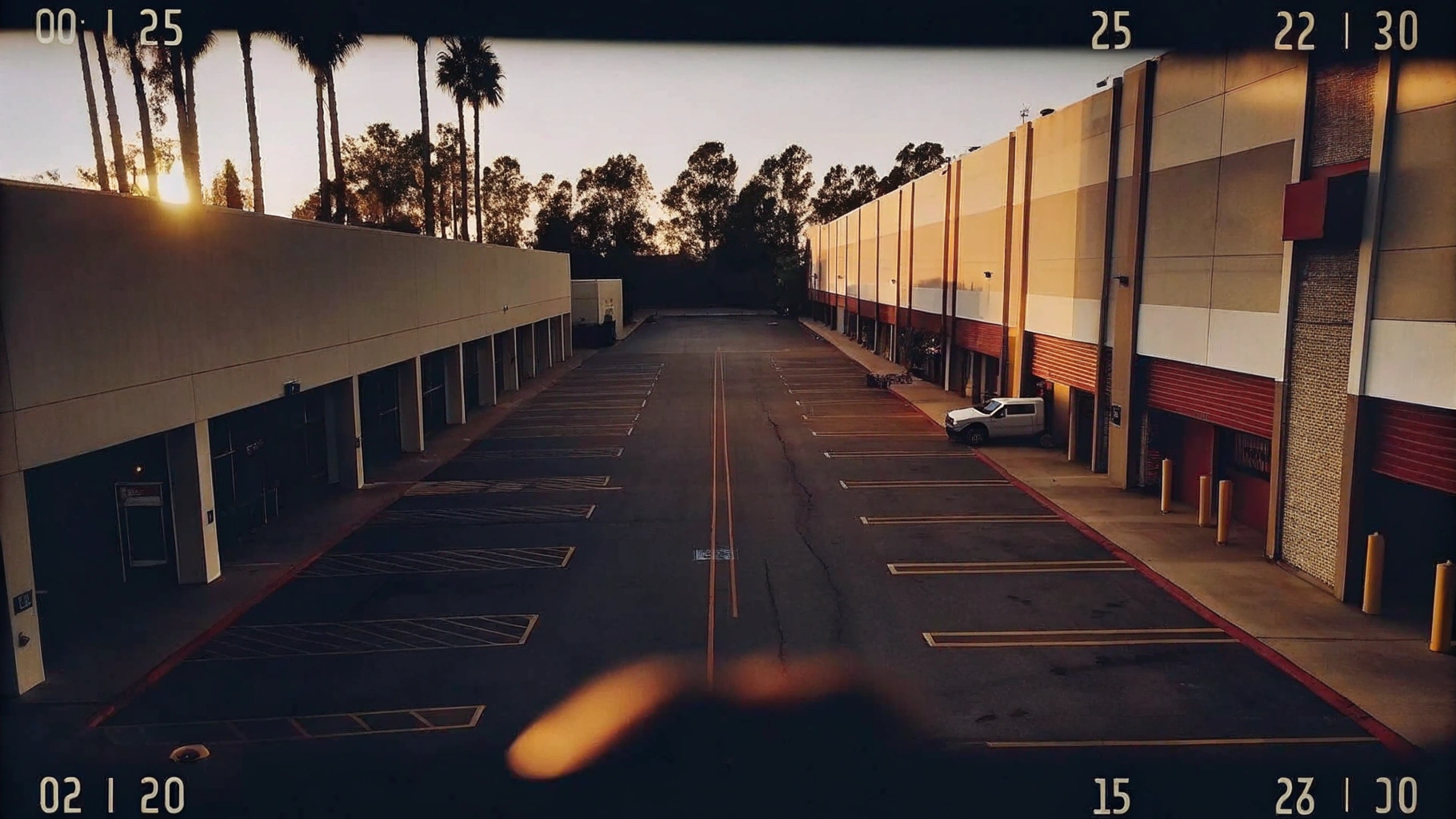
Mount Cameras Securely
- Use Appropriate Mounting Hardware: Selecting the right mounting hardware is crucial for optimal camera performance. Wall mounts are ideal for flat surfaces, providing . Ceiling mounts are appropriate for overhead setups, maximising coverage in areas with high foot traffic. Pole mounts are intended for outdoor environments, positioning devices for effective monitoring while reducing tampering risks.
- Follow Manufacturer Guidelines: Adhering to the installation instructions provided by the camera manufacturer is essential for ensuring correct weight distribution, which prevents sagging or misalignment over time. Proper cable management is also vital, reducing the risk of damage and ensuring a neat setup.
- Secure Connexions: To protect the integrity of your CCTV system, ensure all cables are securely connected and shielded from environmental damage. Utilise cable conduits or protective sheathing to safeguard cables from wear and tear. Seal connexions with weatherproofing materials if the installation is outdoors, preventing moisture ingress and corrosion.
- Conduct a Stability Test: After mounting, perform a stability test by gently shaking the device to confirm it is securely fastened. Make any necessary adjustments to ensure optimal positioning and stability.
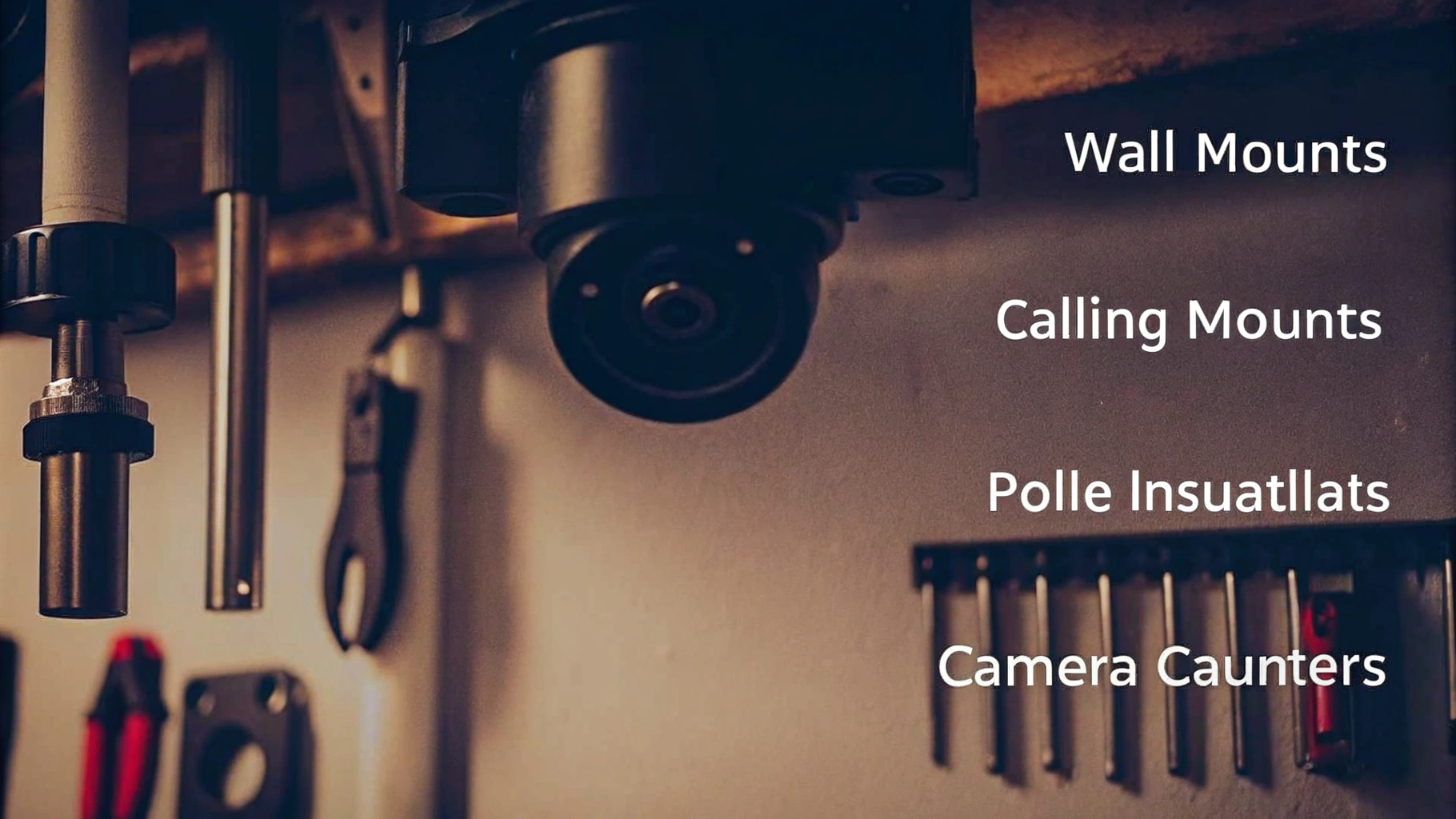
Test and Validate System Functionality
Power Up the System: Start by connecting the DVR or NVR and powering on the devices. It is essential to confirm that:
- The indicator lights on the cameras are illuminated, indicating they are operational.
- The recording system boots up correctly without errors.
Cheque Camera Views: Review the footage from each camera to ensure:
- Clear visibility of all monitored areas, eliminating any blind spots.
- No obstructions in the camera view that could hinder surveillance effectiveness.
Test Recording Functionality: Verify that the system is recording as intended by:
- Reviewing recorded footage to ensure clarity and completeness.
- Confirming that the setup is configured to the appropriate recording mode, whether continuous or motion detection, to capture relevant events.
Conduct Remote Access Test: If your system supports it, test remote access functionality to ensure:
- Users can view live feeds and access recorded footage seamlessly from their devices.
- Alerts and notifications are functioning correctly, providing timely updates on any detected activity.
Moreover, it is crucial to ensure that your [CCTV installation for business](https://priorityfirst.co.uk/services/additional) integrates seamlessly with existing security measures. Priority First specialises in enhancing your current setup with technical support and regular updates, ensuring comprehensive protection tailored to your business needs, such as CCTV installation for business.

Conclusion
Effective CCTV installation for businesses is a critical undertaking that requires careful planning and execution. The reality is that robust surveillance systems not only enhance security but also improve operational efficiency. Each phase, from gathering essential tools and equipment to testing system functionality, plays a vital role in creating a reliable security infrastructure.
Key considerations include:
- Selecting optimal camera locations
- Securely mounting cameras
- Validating system performance
That said, assessing lighting conditions, avoiding obstructions, and adhering to manufacturer guidelines are equally important. Conducting thorough tests ensures that the system operates effectively, providing peace of mind and safeguarding valuable assets.
The lesson is clear: investing time and resources into proper CCTV installation protects against potential security threats and fosters a safer business environment. By implementing these best practises, organisations can enhance their security posture and ensure that their CCTV systems are both effective and reliable. In practise, taking these proactive steps is essential for any business aiming to safeguard its premises and assets in an increasingly uncertain world.
Frequently Asked Questions
What essential tools are needed for CCTV installation?
The essential tools needed for CCTV installation include a drill and drill bits, screwdrivers (flathead and Phillips), a level, measuring tape, cable cutters and strippers, a ladder (if necessary), and safety gear (gloves, goggles).
What equipment is required for setting up a CCTV system?
Required equipment for setting up a CCTV system includes CCTV cameras, a DVR/NVR system, cables (coaxial or Ethernet), power supply units, mounting brackets, and connectors and adapters.
What safety equipment should be prepared for personnel during installation?
Safety equipment that should be prepared includes hard hats, high-visibility vests, and a first aid kit.
Why is it important to gather documentation before installation?
It is important to gather installation manuals or guidelines specific to the equipment being used to ensure proper setup and compliance with installation standards.
What is the average cost of CCTV setup tools in the UK as of 2025?
As of 2025, the average cost of CCTV setup tools in the UK varies significantly, with basic toolkits starting around £50 and professional-grade equipment reaching upwards of £300.
How does investing in high-quality tools benefit CCTV installation?
Investing in high-quality tools ensures a smoother setup process for CCTV installation and enhances the longevity and reliability of the system.
Why is safety gear important during CCTV installations, especially on construction sites?
Safety gear is important during installations to protect personnel from hazards prevalent on construction sites, aligning with compliance standards, reducing the risk of accidents, and ensuring a safe working environment.


